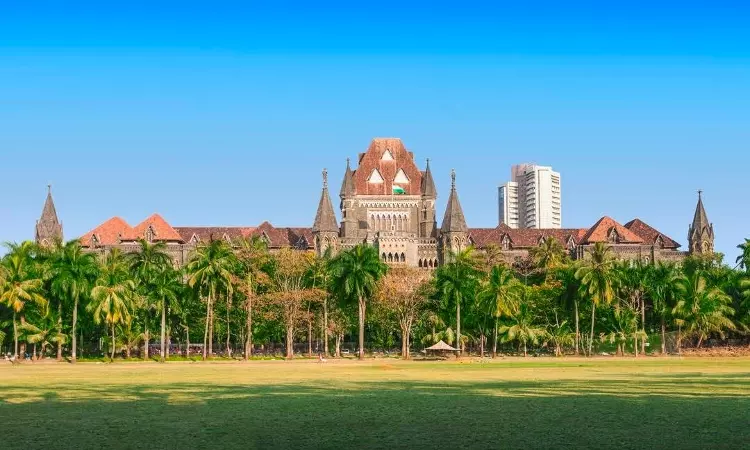The Bombay High Court has held that the expression 'built up area' introduced with effect from April 1, 2005, could not be applied retrospectively, and the Tribunal was justified in holding that up to April 1, 2005, the expression 'built up area' would exclude the balcony area. The bench of Justice G. S. Kulkarni and Somasekhar Sundaresan has observed that for the first time, the Legislature...

